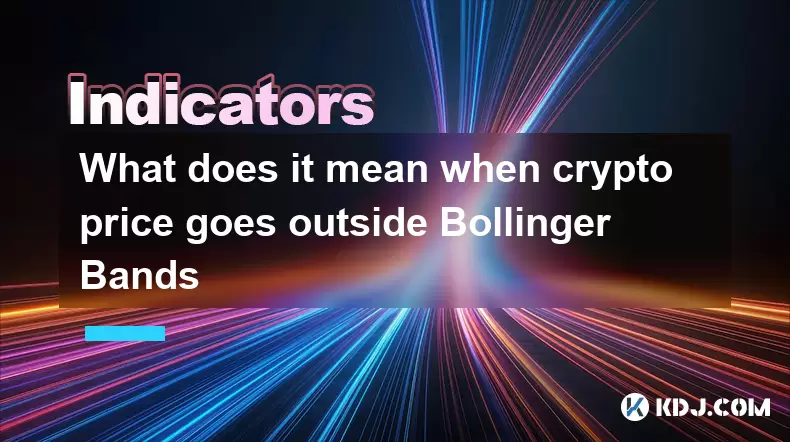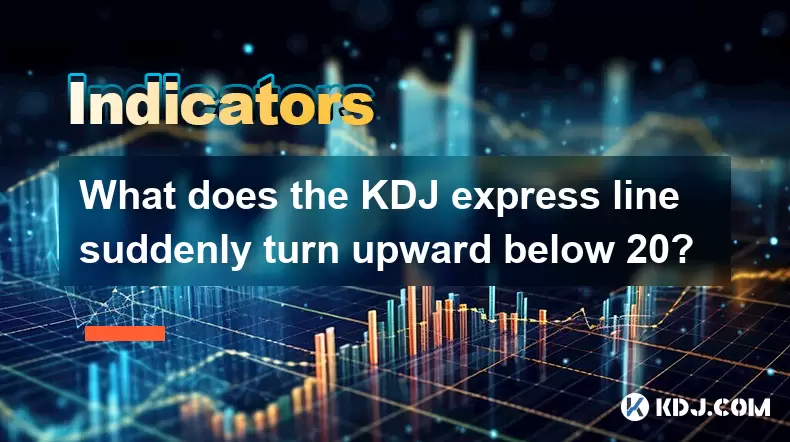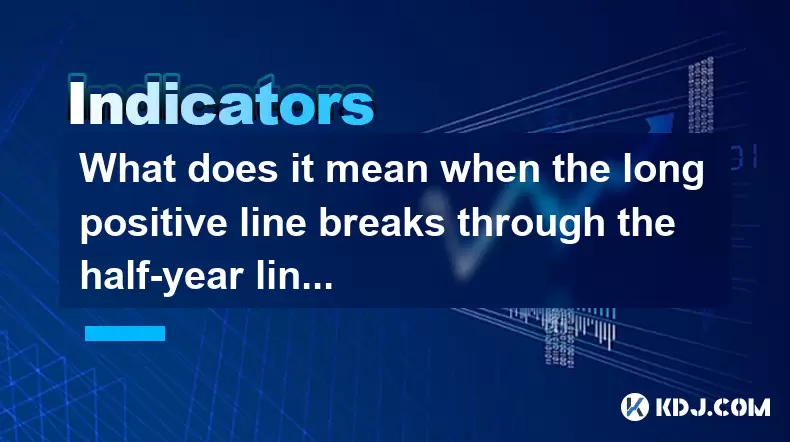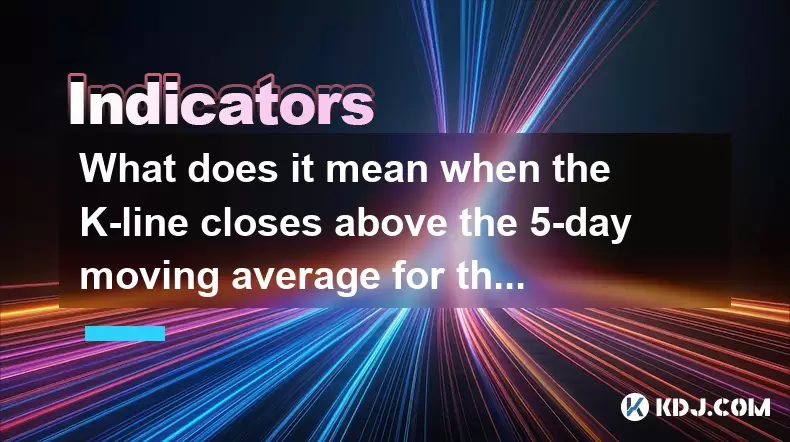-
 Bitcoin
Bitcoin $115100
-2.99% -
 Ethereum
Ethereum $3642
-1.38% -
 XRP
XRP $3.027
-5.51% -
 Tether USDt
Tether USDt $1.000
-0.05% -
 BNB
BNB $763.4
-1.32% -
 Solana
Solana $177.2
-5.42% -
 USDC
USDC $0.9999
-0.02% -
 Dogecoin
Dogecoin $0.2247
-6.47% -
 TRON
TRON $0.3135
0.23% -
 Cardano
Cardano $0.7824
-4.46% -
 Hyperliquid
Hyperliquid $42.53
-0.97% -
 Stellar
Stellar $0.4096
-6.09% -
 Sui
Sui $3.662
-2.61% -
 Chainlink
Chainlink $17.63
-3.57% -
 Bitcoin Cash
Bitcoin Cash $536.3
2.94% -
 Hedera
Hedera $0.2450
0.34% -
 Avalanche
Avalanche $23.23
-3.15% -
 Litecoin
Litecoin $112.2
-1.23% -
 UNUS SED LEO
UNUS SED LEO $8.976
-0.30% -
 Shiba Inu
Shiba Inu $0.00001341
-2.72% -
 Toncoin
Toncoin $3.101
-2.44% -
 Ethena USDe
Ethena USDe $1.001
-0.05% -
 Uniswap
Uniswap $10.08
-1.97% -
 Polkadot
Polkadot $3.938
-2.77% -
 Monero
Monero $323.9
0.87% -
 Dai
Dai $0.9999
-0.02% -
 Bitget Token
Bitget Token $4.481
-1.69% -
 Pepe
Pepe $0.00001199
-5.94% -
 Aave
Aave $288.2
-0.68% -
 Cronos
Cronos $0.1279
0.36%
What does it mean when crypto price goes outside Bollinger Bands
When price moves outside Bollinger Bands in crypto trading, it signals overbought or oversold conditions, but confirmation with other tools like RSI or volume is crucial to avoid false signals.
Jul 14, 2025 at 05:00 pm

Understanding Bollinger Bands in Cryptocurrency Trading
Bollinger Bands are a popular technical analysis tool used by traders to assess price volatility and potential market trends. They consist of three lines: a simple moving average (SMA), typically set at 20 periods, and two standard deviation bands above and below the SMA. In the context of cryptocurrency trading, these bands help identify overbought or oversold conditions, which can signal potential reversals or continuations.
The upper and lower bands expand and contract based on recent price volatility. When volatility increases, the bands widen; when it decreases, they narrow. Traders use this dynamic nature to anticipate possible breakouts or pullbacks. It's crucial to understand that Bollinger Bands do not predict future prices but rather provide insight into current market behavior.
What Happens When Price Moves Outside the Upper Band?
When a cryptocurrency’s price moves above the upper Bollinger Band, it often indicates overbought conditions. This suggests that the asset may be due for a correction or reversal. However, this isn’t always a sell signal, especially in strong uptrends where prices can remain outside the band for extended periods.
- Check the trend strength using other indicators like RSI or MACD.
- Look for candlestick patterns that confirm a potential reversal.
- Monitor volume to see if there is buying exhaustion.
In highly volatile markets such as crypto, a breakout above the upper band can also signify the start of a new bullish phase, particularly if supported by increasing volume and positive news cycles.
What Does It Mean When Price Drops Below the Lower Band?
A drop below the lower Bollinger Band usually signals an oversold condition. This implies that the selling pressure may be subsiding and a bounce could be imminent. However, traders should avoid rushing into long positions solely based on this signal, especially during strong downtrends.
- Verify with momentum indicators to check for divergence.
- Observe price action near key support levels.
- Evaluate trading volume to determine whether sellers are losing control.
In some cases, prices can continue to fall even after touching or breaking below the lower band, especially during panic selloffs or negative macroeconomic events affecting the crypto market.
Why Prices May Stay Outside Bollinger Bands in Crypto Markets
Unlike traditional financial assets, cryptocurrencies often exhibit extreme volatility. This makes it common for prices to stay outside Bollinger Bands for prolonged periods. This phenomenon does not necessarily indicate a false signal, but rather reflects the high-risk, high-reward nature of digital assets.
- News-driven rallies or crashes can cause sustained movement beyond bands.
- Market manipulation or whale activity can distort normal price behavior.
- Low liquidity in smaller-cap altcoins can lead to erratic price spikes.
Traders must adapt their strategies accordingly, using Bollinger Bands in conjunction with other tools to filter out noise and focus on meaningful signals.
How to Trade When Price Breaks Out of Bollinger Bands
Trading breakouts from Bollinger Bands requires a disciplined approach and risk management. Simply entering a trade when price touches or crosses a band is not enough. A more effective strategy involves confirmation and confluence.
- Wait for a retest of the band as support or resistance after the breakout.
- Use Fibonacci retracement levels to identify potential entry zones.
- Combine with volume indicators to validate the strength of the move.
For example, if Bitcoin breaks above the upper band and then pulls back to test it as support with rising volume, that could be a valid continuation setup.
Risk management remains key. Set stop-loss orders below swing lows or above highs depending on the direction of the trade.
Common Misconceptions About Bollinger Bands in Crypto Trading
One of the most common misunderstandings is that touching the upper band automatically means sell, and touching the lower band means buy. In reality, such signals can lead to premature entries or false trades, especially in trending markets.
Another misconception is that Bollinger Bands work best in ranging markets, which is partially true. However, they can still offer valuable insights in trending environments when used correctly.
Additionally, some traders believe that widening bands always mean increased volatility and narrowing bands always signal calm, but it's important to consider external factors like market sentiment and macroeconomic data.
Frequently Asked Questions
Q: Can Bollinger Bands be adjusted for different timeframes in crypto trading?
Yes, Bollinger Bands can be customized for various timeframes. Short-term traders may use 1-hour or 15-minute charts with the default 20-period setting, while longer-term traders might adjust the period to 50 or 100 on daily or weekly charts. The key is to match the settings with your trading strategy and market conditions.
Q: How do Bollinger Bands compare to Keltner Channels in crypto analysis?
While both are volatility-based indicators, Bollinger Bands use standard deviations, whereas Keltner Channels rely on Average True Range (ATR). Keltner Channels tend to be less sensitive to sudden price spikes, making them useful for spotting trend continuations, while Bollinger Bands are better suited for identifying overbought/oversold scenarios.
Q: Should I use Bollinger Bands alone or combine them with other indicators?
Using Bollinger Bands in isolation can lead to misleading signals. It’s recommended to combine them with momentum oscillators (like RSI or Stochastic) and volume indicators to improve accuracy. Adding moving averages or trendlines can further enhance decision-making.
Q: Do Bollinger Bands work equally well across all cryptocurrencies?
No, performance can vary. Major coins like Bitcoin and Ethereum may respond more predictably to Bollinger Band signals, while smaller altcoins with erratic price action may generate false signals more frequently. Always consider the liquidity and market maturity of the asset you're analyzing.
Disclaimer:info@kdj.com
The information provided is not trading advice. kdj.com does not assume any responsibility for any investments made based on the information provided in this article. Cryptocurrencies are highly volatile and it is highly recommended that you invest with caution after thorough research!
If you believe that the content used on this website infringes your copyright, please contact us immediately (info@kdj.com) and we will delete it promptly.
- Bitcoin Swift (BTC3): Last Call for Presale Stage 1!
- 2025-07-25 23:10:12
- Kiyosaki's Crypto Playbook: Ditching Paper for Real Assets Like Bitcoin
- 2025-07-25 22:30:11
- Satoshi-Era Whales Stir the Bitcoin Pot: What's the Deal?
- 2025-07-25 22:30:12
- Pi Coin Value in Indian Rupees (INR) 2024: Decoding the Hype
- 2025-07-25 21:45:50
- Crypto Investing: Top Picks and Meme Coin Mania in '25
- 2025-07-25 21:52:07
- Ark Invest's Portfolio Rebalance: Coinbase, Block, and the Crypto Shift
- 2025-07-25 21:52:07
Related knowledge

How to interpret that the KDJ D line is downward for a long time but the price is sideways?
Jul 25,2025 at 07:00pm
Understanding the KDJ Indicator and Its ComponentsThe KDJ indicator is a momentum oscillator widely used in cryptocurrency trading to assess overbough...

What does the KDJ express line suddenly turn upward below 20?
Jul 25,2025 at 11:49pm
Understanding the KDJ Indicator in Cryptocurrency TradingThe KDJ indicator is a momentum oscillator widely used in cryptocurrency trading to identify ...

What does it mean that the KDJ indicator forms a double bottom at a low level?
Jul 25,2025 at 05:08pm
Understanding the KDJ Indicator in Cryptocurrency TradingThe KDJ indicator is a momentum oscillator widely used in cryptocurrency trading to identify ...

What does it mean that the RSI continues to hover in the 40-60 range?
Jul 25,2025 at 11:07pm
Understanding the RSI and Its Typical BehaviorThe Relative Strength Index (RSI) is a momentum oscillator that measures the speed and change of price m...

What does it mean when the long positive line breaks through the half-year line and then steps back?
Jul 25,2025 at 06:49pm
Understanding the Long Positive Line in Candlestick ChartsIn the world of cryptocurrency trading, candlestick patterns play a vital role in technical ...

What does it mean when the K-line closes above the 5-day moving average for three consecutive days?
Jul 25,2025 at 10:07pm
Understanding the K-line and 5-day Moving AverageThe K-line, also known as a candlestick, is a critical charting tool used in technical analysis to re...

How to interpret that the KDJ D line is downward for a long time but the price is sideways?
Jul 25,2025 at 07:00pm
Understanding the KDJ Indicator and Its ComponentsThe KDJ indicator is a momentum oscillator widely used in cryptocurrency trading to assess overbough...

What does the KDJ express line suddenly turn upward below 20?
Jul 25,2025 at 11:49pm
Understanding the KDJ Indicator in Cryptocurrency TradingThe KDJ indicator is a momentum oscillator widely used in cryptocurrency trading to identify ...

What does it mean that the KDJ indicator forms a double bottom at a low level?
Jul 25,2025 at 05:08pm
Understanding the KDJ Indicator in Cryptocurrency TradingThe KDJ indicator is a momentum oscillator widely used in cryptocurrency trading to identify ...

What does it mean that the RSI continues to hover in the 40-60 range?
Jul 25,2025 at 11:07pm
Understanding the RSI and Its Typical BehaviorThe Relative Strength Index (RSI) is a momentum oscillator that measures the speed and change of price m...

What does it mean when the long positive line breaks through the half-year line and then steps back?
Jul 25,2025 at 06:49pm
Understanding the Long Positive Line in Candlestick ChartsIn the world of cryptocurrency trading, candlestick patterns play a vital role in technical ...

What does it mean when the K-line closes above the 5-day moving average for three consecutive days?
Jul 25,2025 at 10:07pm
Understanding the K-line and 5-day Moving AverageThe K-line, also known as a candlestick, is a critical charting tool used in technical analysis to re...
See all articles

























































































